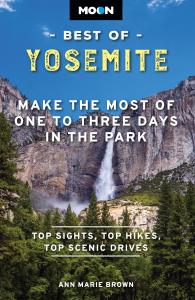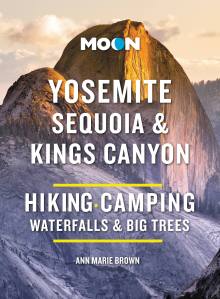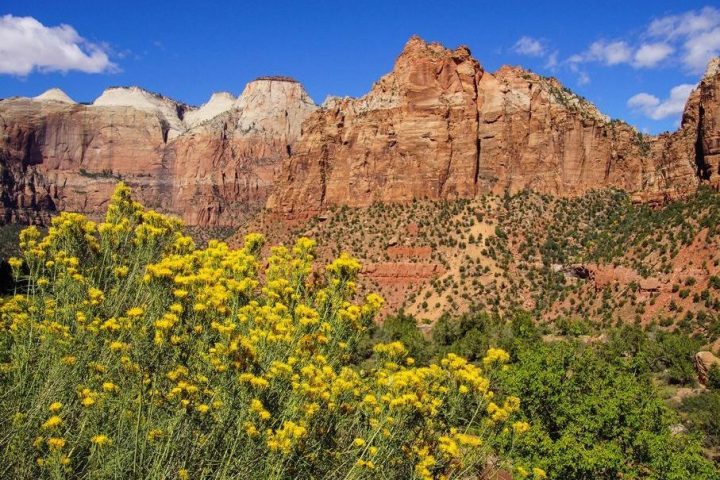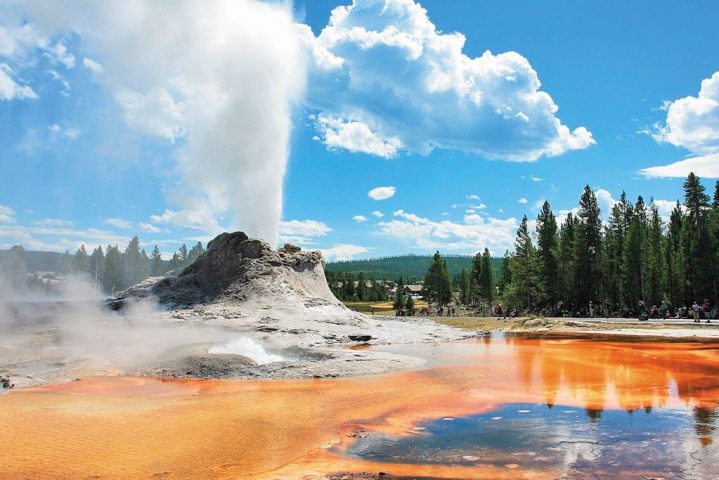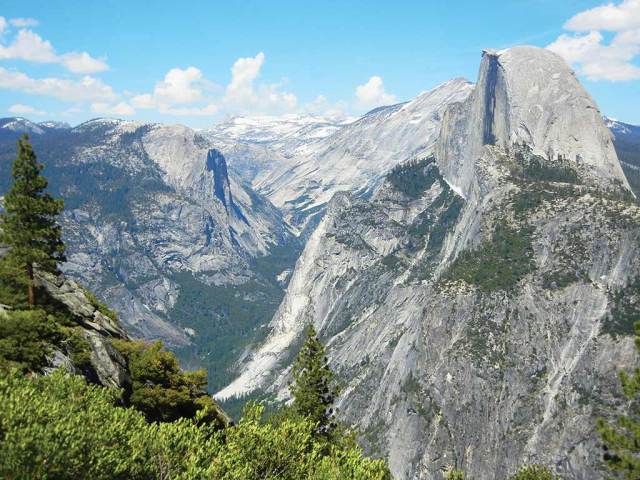One Day in Yosemite National Park
Set aside as a national park in 1890, Yosemite is a place that is synonymous with scenery. The 7-mile-long (11.3-km-long) Yosemite Valley, with its 3,000-foot (900-m) granite walls and leaping waterfalls, is known the world over as an incomparable natural wonder. It is estimated that more than half of the park’s visitors see only the Valley when they travel to Yosemite, even though it comprises less than 1 percent of the park.

Beyond the Valley lies the pristine high country of Tioga Pass Road and Tuolumne Meadows’ subalpine expanse, bordered by precipitous mountain summits and granite domes. To the northwest lies Hetch Hetchy, a reservoir in a valley considered a twin of Yosemite Valley. To the south are Glacier Point, with its picture-postcard vistas, and the marvels of the Mariposa Grove of Giant Sequoias—the largest living trees on earth.
Here’s the best way to spend one day in Yosemite National Park:
Morning
Start your action-packed Yosemite day with a morning Valley Floor Tour around Yosemite Valley. With a fresh breeze blowing past your face, you’ll savor extraordinary views of sheer cliffs, plunging waterfalls, and polished granite without the hassles of driving and parking.
Next, make the difficult choice between the Valley’s numerous waterfall hikes. If you have to choose one, the Mist Trail to Vernal Fall is the hike that every visitor should take. The 3-mile (4.8-km) round-trip hike ascends a granite staircase to the top of Vernal Fall. If you want more, keep going to the top of Nevada Fall for a 6.8-mile (10.9-km) round-trip hike.
Afternoon
After the hike, grab a quick lunch at the Village Grill.
Stop in at the Valley Visitor Center to watch a short documentary about Yosemite, browse the excellent bookstore, and learn from exhibits explaining the park’s geology, flora, fauna, and human history.
Drive up Highway 41 to Tunnel View and take the trail to Inspiration Point to survey the Valley from this sweeping western vantage point. El Capitan looms on the left, Bridalveil Fall cascades on the right, and Half Dome and its granite neighbors anchor center stage.
Proceed to 7,214-foot (2,199-m) Glacier Point, where you’ll find one of the West’s grandest viewpoints (yes, it’s even better than Tunnel View). Snap some selfies by the rock railings framing the vista of Vernal and Nevada Falls and the Merced River Canyon.
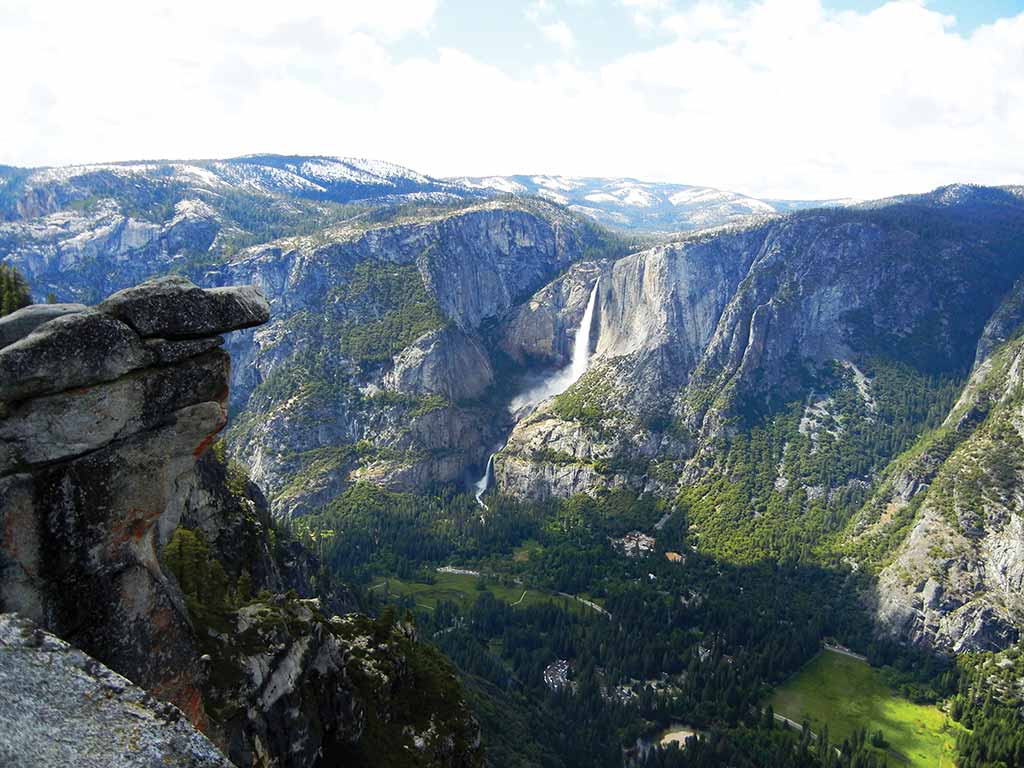
Backtrack on Glacier Point Road to the Sentinel Dome and Taft Point trailhead. Hike one or both of these spectacular short hikes. Taft Point grants you a more northern view including stunning El Capitan, and Sentinel Dome delivers the full wow-factor, a head-swiveling 360 degrees of granite.
Head back down to Yosemite Valley, where you’ll have time for a quick dip in the Merced River before dinner. Sentinel Beach Picnic Area is an easy spot to park your car and go for a swim.
Evening
Leave yourself enough time to get spiffed up for your reservation at The Ahwahnee Dining Room, where wrought-iron chandeliers dangle from a 37-foot-high (11-m-high) ceiling supported by massive timbers, and enormous picture windows look out over a grassy meadow.
After dinner, head over to the Yosemite Conservation Heritage Center to listen to presentations about wildflower identification, Yosemite’s Indigenous people, the creation of America’s national park system, and other educational topics.
You’re probably ready to hit the sack, but stay up a little later so you can walk around Yosemite Valley in the moonlight. In the spring months, you might even catch sight of the “moonbow” that glows around Lower Yosemite Fall on a few special nights each year.
Travel Tips for Yosemite National Park
• To see Yosemite Valley’s famous waterfalls at their prime, plan your trip for April, May, or June. The falls are fed by snowmelt, the majority of which occurs in those three months.
• At any time of year, a visit to Yosemite requires careful planning. Yosemite Valley in particular is extremely popular and its handful of lodgings get booked months in advance, especially April-October. Book in-park lodgings and tours at www.travelyosemite.com. Park campgrounds also fill quickly; go to www.nps.gov/yose/planyourvisit/camp.htm for information.
• The Valley Floor Tour starts operating at 10am, so make sure you’re booked on the first tour so you’ll have time to fit in the rest of the day’s activities. If you’re an early riser and don’t want to wait until 10am to get started, hike the Mist Trail to Vernal Fall first, then go for a tram tour.
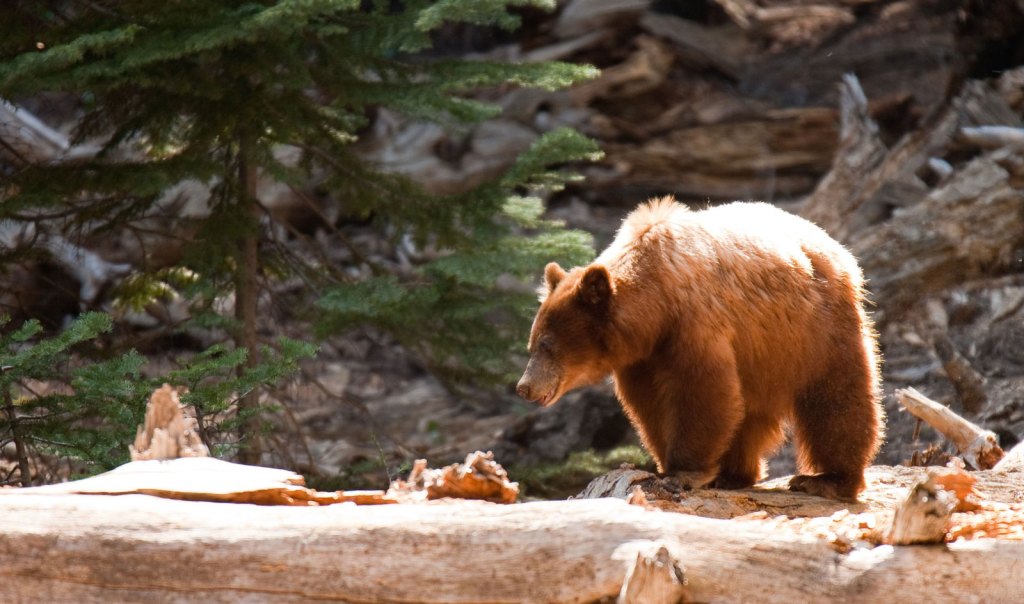
• In most years, Glacier Point Road is closed due to snow November-May. If you’re visiting during these months, stops #6 and #7 on this itinerary won’t be accessible. (Also, note that Glacier Point Road will be completely closed in 2022 due to repaving and construction work.) A great alternative is to drive up to Crane Flat and take a one-mile hike to the Tuolumne Grove of Giant Sequoias. Even if there’s snow on the ground, you can snowshoe into this lovely grove of big trees.
• If you choose to visit Yosemite November-April—a great choice for solitude lovers—you are required to carry tire chains in your vehicle. In the event of a winter storm, tire chains may be required on roads within the park boundaries.
Feeling inspired? Start planning your getaway today.
- Easy itineraries for one to three days in Yosemite National Park, from a morning drive along the Tioga Pass Road, to a day hike along the Panorama Trail, to a full weekend exploring the park
- The top hikes in Yosemite: Whether you’re looking to stretch your legs for a couple hours or challenge yourself to an epic trek, you’ll find trailheads, detailed trail descriptions, individual maps, mileage, and elevation gains
- Can’t-miss experiences: Make it the perfect getaway for you with the best waterfalls, views, picnic spots, and more. Ride the open-air tram through Yosemite Valley or hike downhill from Glacier Point past roaring waterfalls. Admire the towering trees in the Mariposa Grove of Giant Sequoias, or spot black bears and bighorn sheep
- Stunning full-color photos and detailed maps throughout, plus a full-color foldout map
- Essential planning tips: Find out when to go, where to stay, and what to pack, plus up-to-date information on entrance fees, reservations, and safety advice
- Know-how from outdoorswoman and Yosemite expert Ann Marie Brown
Spending more time in the park or expanding your trip? Try Moon Yosemite, Sequoia & Kings Canyon. Visiting more of North America’s incredible national parks? Try Moon USA National Parks.
About Moon Travel Guides: Moon was founded in 1973 to empower independent, active, and conscious travel. We prioritize local businesses, outdoor recreation, and traveling strategically and sustainably. Moon Travel Guides are written by local, expert authors with great stories to tell—and they can’t wait to share their favorite places with you.
For more inspiration, follow @moonguides on social media.
Taking a longer trip? Get the comprehensive guide.
- Flexible Itineraries: Unique and adventure-packed ideas for day hikers, winter visitors, families with kids, campers, and more
- The Best Hikes in Each Park: Detailed hike descriptions, individual trail maps, mileage and elevation gains, and backpacking options
- Experience the Outdoors: Ride the open-air tram through Yosemite Valley or hike downhill from Glacier Point past roaring waterfalls. Drive the legendary Generals Highway or take a scenic bike ride to pristine lakes (and yes, more waterfalls!). Go for a horse-drawn wagon ride on a history tour or take a rock-climbing lesson. Walk among the goliaths of Sequoia’s Giant Forest and stop at a historic lodge for dinner and a well-deserved drink
- How to Get There: Up-to-date information on traveling between the parks, gateway towns, park entrances, park fees, and tours
- Where to Stay: From campgrounds and rustic lodges to the majestic Ahwahnee, find the best spots to kick back, both inside and outside the parks
- Planning Tips: When to go, what to pack, safety information, and how to avoid the crowds, with full-color photos and easy-to-use maps throughout
- Expertise and Know-How from seasoned explorer and outdoor expert Ann Marie Brown
About Moon Travel Guides: Moon was founded in 1973 to empower independent, active, and conscious travel. We prioritize local businesses, outdoor recreation, and traveling strategically and sustainably. Moon Travel Guides are written by local, expert authors with great stories to tell—and they can’t wait to share their favorite places with you.
